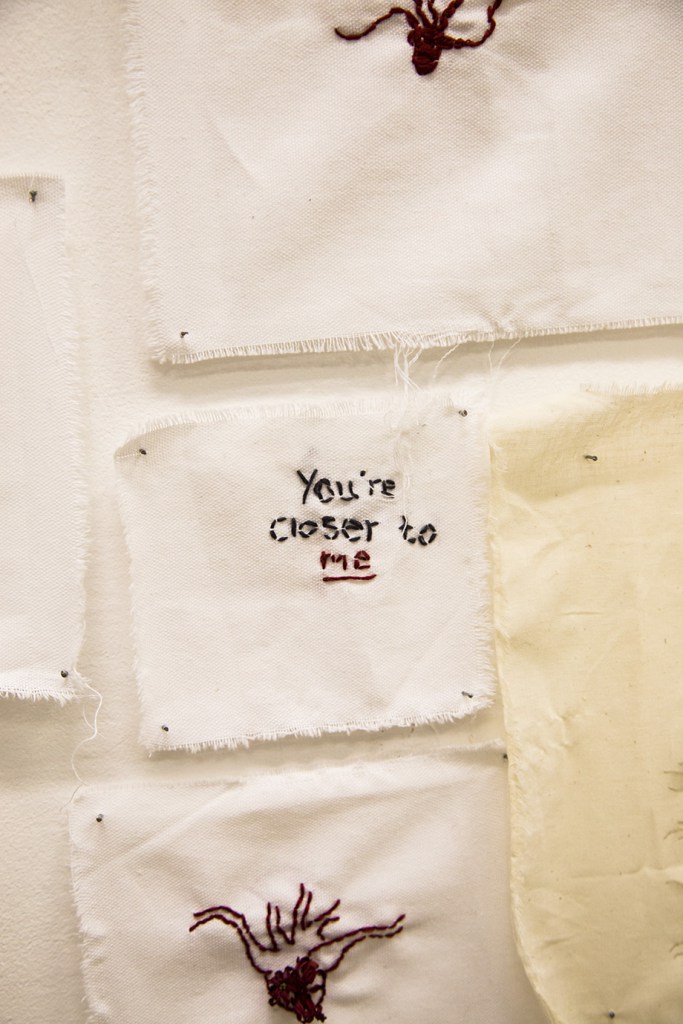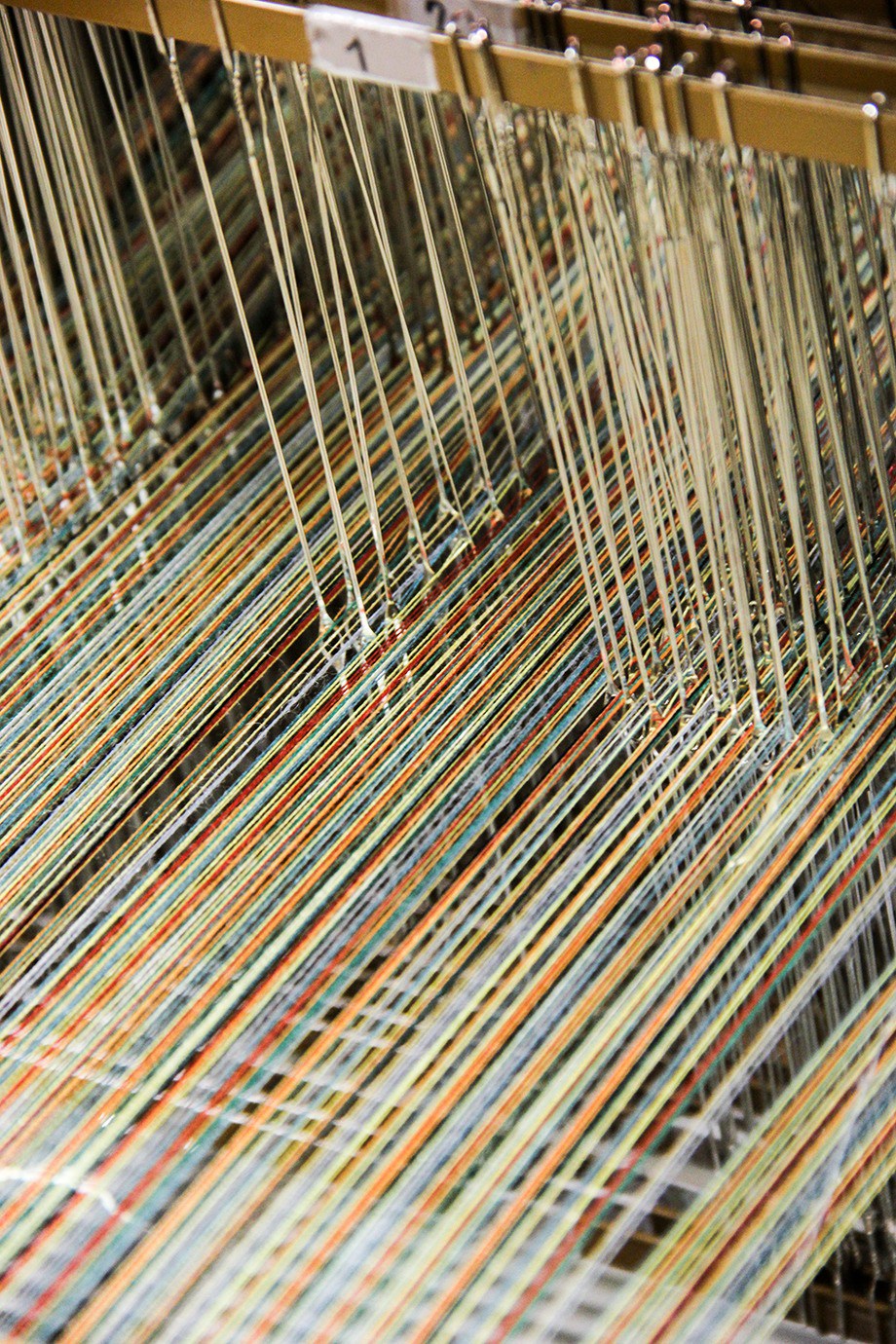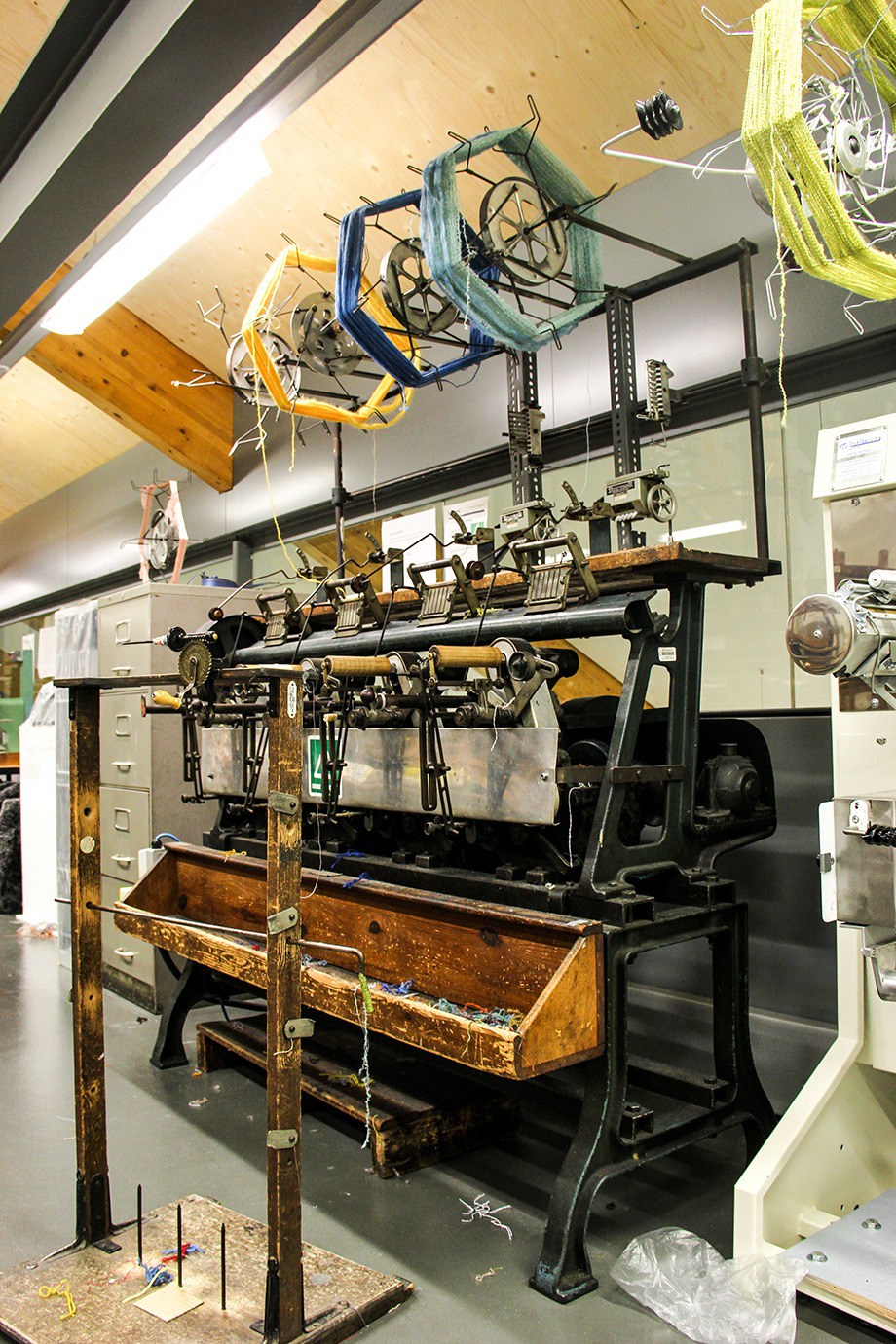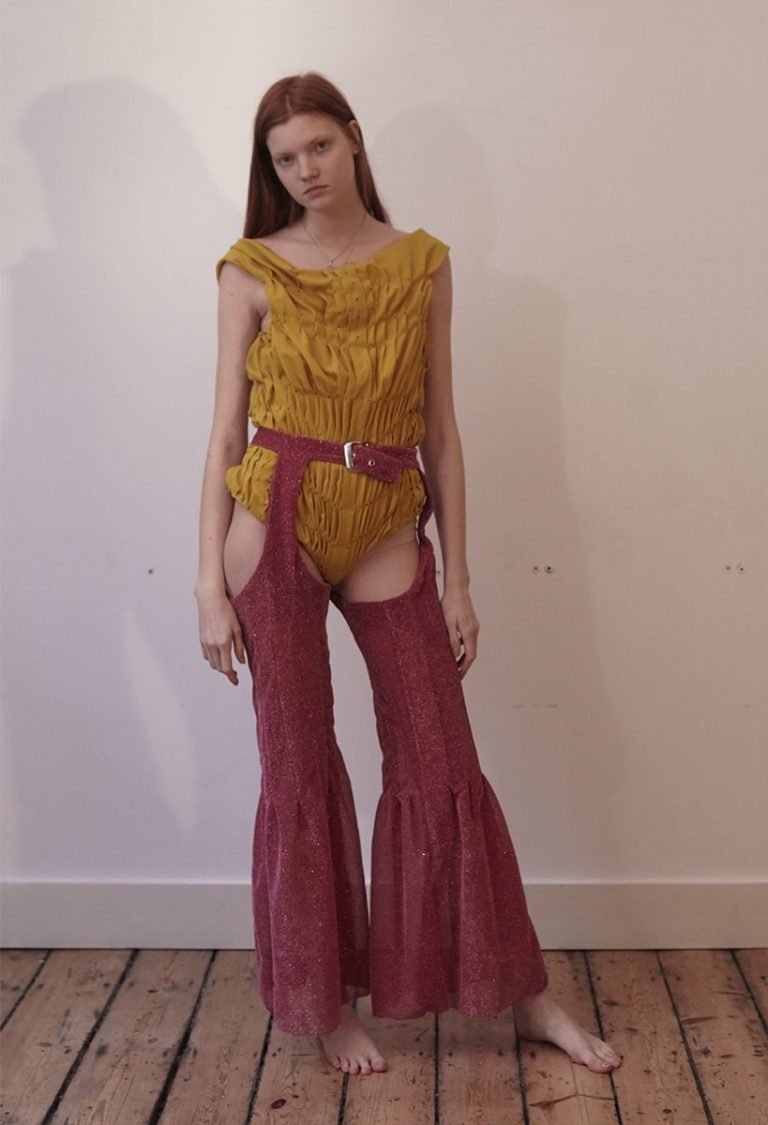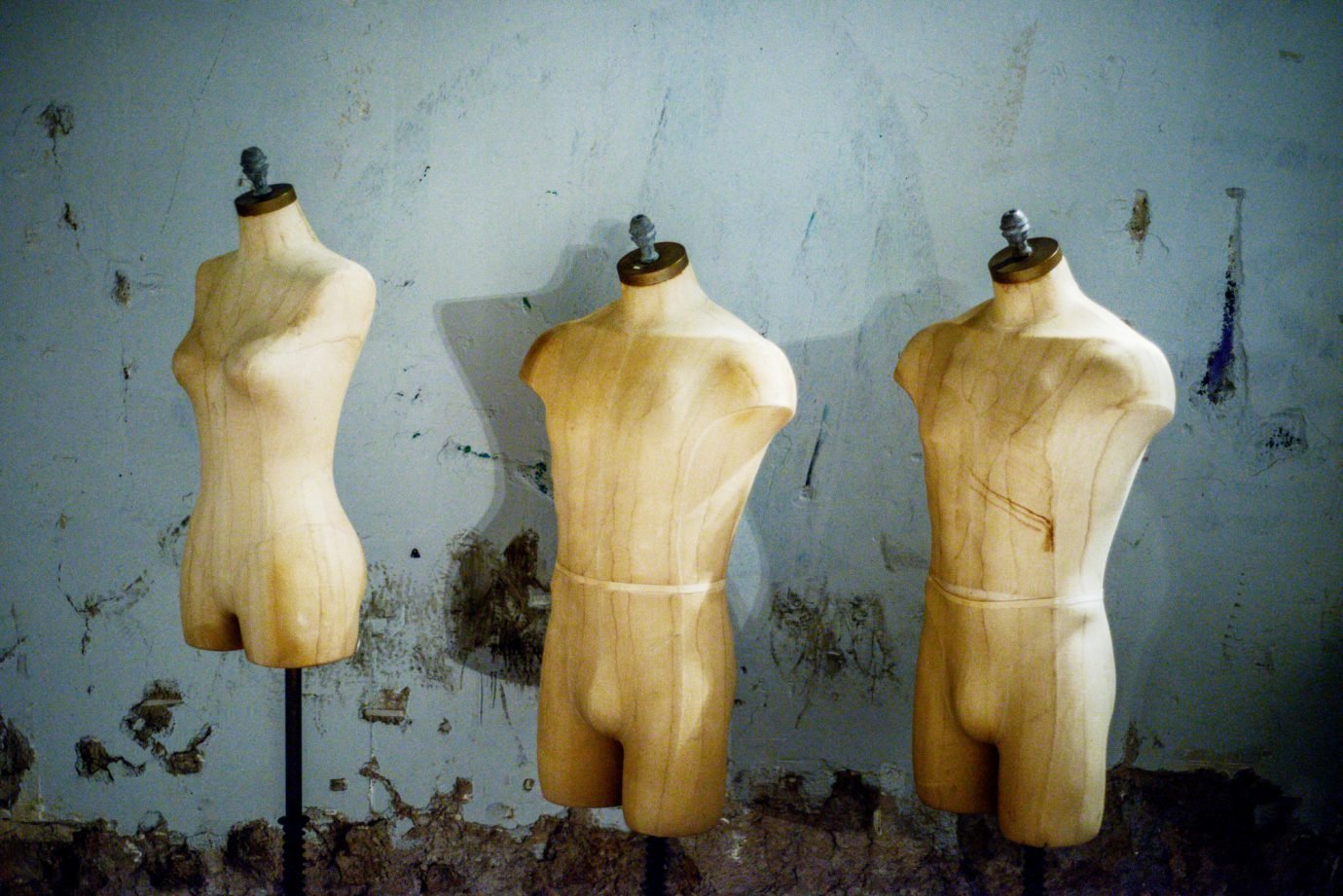Trends represent more than what is perceived and communicated by the fashion industry. It is often considered that trends in fashion are driven by the capitalist system of fashion we know today, which creates superficial needs and objects that people feel they can’t live without. But the genesis of must-have items on fashion spreads is a complex subject. Depending on their category, trends have different rhythms and impacts, and generally last longer than the ones we see represented in fashion media.
In the field of trend studies, trends are both slow processes of change and a reflection of the current mentality. It is the spirit of the time, the Zeitgeist. These ‘mentality trends’ are translated to less stable and lasting forms – fashions and fads – which are palpable through attitudes, massified objects, styles or colour palettes that may be in today and out the next week.
Placed nearly at the top of the spectrum, sustainability is both an element of the Zeitgeist and a trend. It is part of the Zeitgeist in the sense that it was motivated by social, cultural and environmental events that shaped our current mentality, and it is a trend because it manifests itself in people’s behaviours and attitudes. So, blogs, events and workshops that promote do-it-yourself skills to style or mend your clothes, talks on the most recent technologies to make shoes out of fruit, swishing parties, and green carpet challenges are more than what they deliver. Every move and initiative about sustainable fashion today is linked to our own global mindsets. Swapping our clothes or using tote bags for shopping may be a fashion or a fad, but what’s behind it is not.
Trends related to sustainability – Trends Observer’s EcoSustainability or Science of the Time’s Deep Sustainability, for instance – are rooted in the spirit of the time alongside other aspects of the mentality, which make expressions of sustainability in line with other trends as well. The Zeitgeist Map developed by the Trends Observer illustrates this. From this perspective, we have the topics that build the mentality, the trends that are formed as a result of those topics, and the relationships between those whose characteristics somehow intersect.
Who made my clothes (#whomademyclothes), an initiative of Fashion Revolution appealing to an ethical approach to the production of garments, is a manifestation of sustainability as a trend. It calls out to people to take a picture of their clothes’ label and ask the respective brand on social media who made it. It doesn’t sell a product but an idea, as it points out to action, change and honesty within the system, to the humanisation of the labour behind the brand. It touches several issues that are currently debated in the fashion industry and aims to get people engaged in it. This is a result of several features of the Zeitgeist combined, such as interaction, transparency, identity and well-being.
It seems now clear that there is a deeper and stronger origin to what the media convey as fashion trends, and that sustainability’s impact on the fashion system has a long-lasting character. Sustainable fashion is growing, innovating and will probably be around for a while. And if we keep the shoes of the trend analyst on, we find out more about what sustainability has been doing to fashion.
It has been said that fashion and sustainability are opposites. On one hand, an incessant and increasingly faster search for the new, driving a complex game of social belonging and recognition, and on the other, the celebration of natural, durable, and lifelong resources and objects that are motivated by the urge to heal the planet. From this point of view, we have the individual’s needs and desires as a top priority on fashion’s side, and, on sustainability’s side, the Earth and life preservation on the planet. If we regard fashion as what it has become – a system of fast-paced consumption and disposal of banal objects and ideas – substituting the place of the individual for the planet is a tremendous change.
Extrapolating the Zeitgeist map to fashion, it’s interesting to watch how fashion is slowly stepping out of a capitalist position to become more human. At least to the ones who are able to see fashion’s potential in the planet’s current situation. It is showing us that, after all, fashion is more about culture than it is consumption. As our home is threatened, we are forced to look at it differently. The inevitability of sustainable fashion is guiding us through a path of discovering the meaning of fashion in our lives and in the world.
Isn’t it wonderful that a feeling and a sense of ethics about our clothes may be the new paradigm for fashion?

